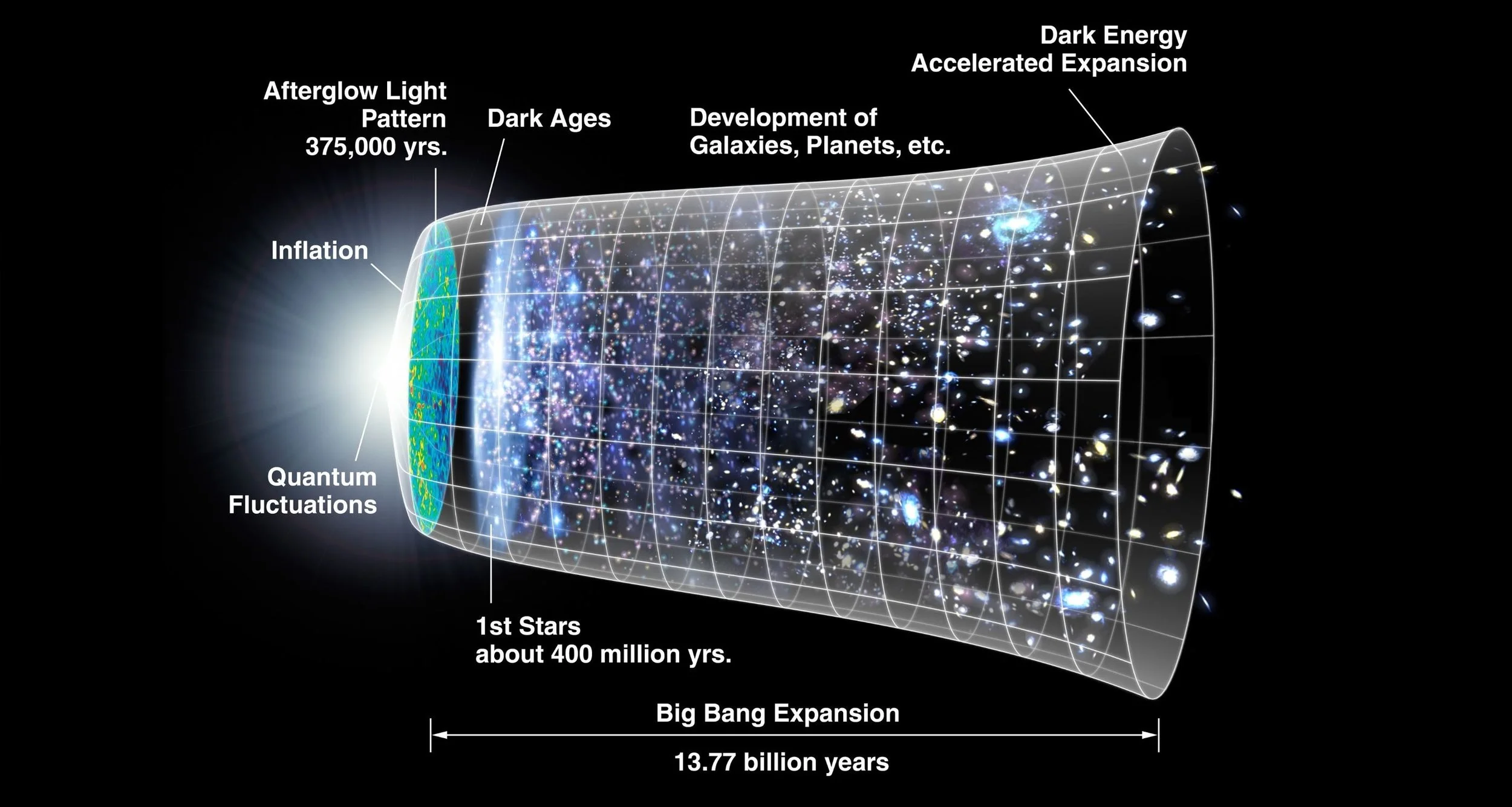Looking up at the silvery orb of the Moon, you might recognize familiar shadows and shapes on its face from one night to the next. You see the same view of the Moon our early ancestors did as it lighted their way after sundown
Why the idea of alien life now seems inevitable and possibly imminent
How did the moon end up where it is?
Nearly 50 years since man first walked on the moon, the human race is once more pushing forward with attempts to land on the Earth’s satellite. This year alone, China has landed a robotic spacecraft on the far side of the moon, while India is close to landing a lunar vehicle, and Israel continues its mission to touch down on the surface, despite the crash of its recent venture. NASA meanwhile has announced it wants to send astronauts to the moon’s south pole by 2024.
Mystery of the Universe’s Expansion Rate Widens With New Hubble Data
Astronomers using NASA's Hubble Space Telescope say they have crossed an important threshold in revealing a discrepancy between the two key techniques for measuring the universe's expansion rate. The recent study strengthens the case that new theories may be needed to explain the forces that have shaped the cosmos.
Extracting something from nothing: A bright glow from empty space
As Expected, the Newly Upgraded LIGO is Finding a Black Hole Merger Every Week
In February of 2016, scientists at the Laser Interferometer Gravitational-wave Observatory (LIGO) announced the first-ever detection of gravitational waves (GWs). Since then, multiple events have been detected, providing insight into a cosmic phenomena that was predicted over a century ago by Einstein’s Theory of General Relativity.
Why Pluto is losing its atmosphere: winter is coming
Scientists discover that young galaxies also have spiral arms, bars and rings!
NASA’s InSight Lander Captures Audio of First Likely ‘Quake’ on Mars!
You Could Travel Through a Wormhole, but it’s Slower Than Going Through Space
Special Relativity. It’s been the bane of space explorers, futurists and science fiction authors since Albert Einstein first proposed it in 1905. For those of us who dream of humans one-day becoming an interstellar species, this scientific fact is like a wet blanket. Luckily, there are a few theoretical concepts that have been proposed that indicate that Faster-Than-Light (FTL) travel might still be possible someday.
Before the Big Bang
The Universe’s First Type of Molecule Is Found at Last
The first type of molecule that ever formed in the universe has been detected in space for the first time, after decades of searching. Scientists discovered its signature in our own galaxy using the world’s largest airborne observatory, NASA’s Stratospheric Observatory for Infrared Astronomy, or SOFIA, as the aircraft flew high above the Earth’s surface and pointed its sensitive instruments out into the cosmos.
Curious Kids: what would happen if the sun exploded?
The sun is a star, and when a star explodes it’s called a supernova. These types of explosions are very bright, and very powerful. They release lots of dust into space, which is used to make more stars and planets. Our solar system was made using stuff from these explosions. Even humans are made of star stuff!
NASA's Cassini Reveals Surprises with Titan's Lakes
Incredible explosion on Jupiter-sized star ten times more powerful than ever seen on our Sun
Curiosity has Finally Sampled a Clay-Rich Region on Mars
It’s hard to believe that MSL Curiosity has been on Mars for almost seven years. But it has, and during that time, the rover has explored Gale Crater and Mt. Sharp, the central peak inside the crater. And while it has used its drill multiple times to take rock samples, this is the first sample it’s gathered from the so-called ‘clay unit.’
NASA Wants to Send a Low-Cost Mission to Explore Neptune’s Moon Triton
In the coming years, NASA has some bold plans to build on the success of the New Horizons mission. Not only did this spacecraft make history by conducting the first-ever flyby of Pluto in 2015, it has since followed up on that by making the first encounter in history with a Kuiper Belt Object (KBO) – 2014 MU69 (aka. Ultima Thule).
Meteoroid Strikes Eject Precious Water From Moon
The Closest Star to the Sun, Proxima Centauri, has a Planet in the Habitable Zone. Life Could be There Right Now!
In August of 2016, astronomers from the European Southern Observatory (ESO) announced the discovery of an exoplanet in the neighboring system of Proxima Centauri. The news was greeted with consider excitement, as this was the closest rocky planet to our Solar System that also orbited within its star’s habitable zone. Since then, multiple studies have been conducted to determine if this planet could actually support life.
SpaceX Does it Again with Second Retrieval of Falcon Heavy Rocket
SpaceX has made some amazing accomplishments in the past few years, all of which have been in keeping with Elon Musk’s promise to cut the costs of space exploration. And with all the excitement surrounding the Starship Hopper and its first hop tests, there was one very important accomplishment that seems to have faded into the background a little.















